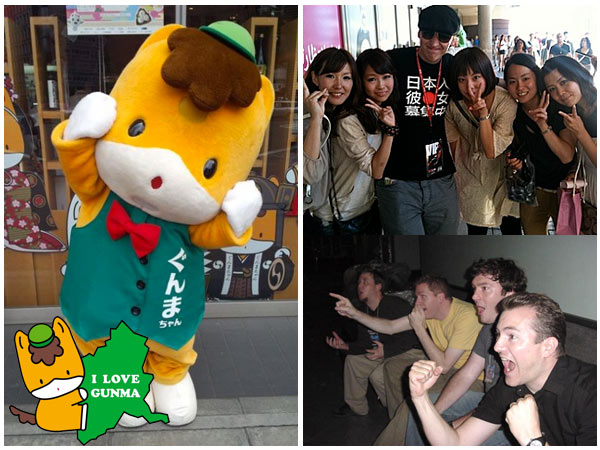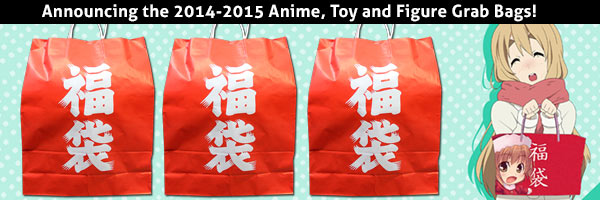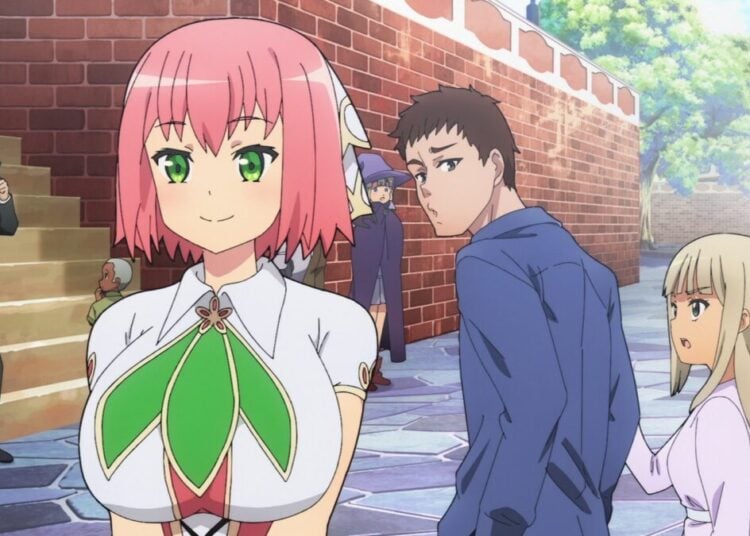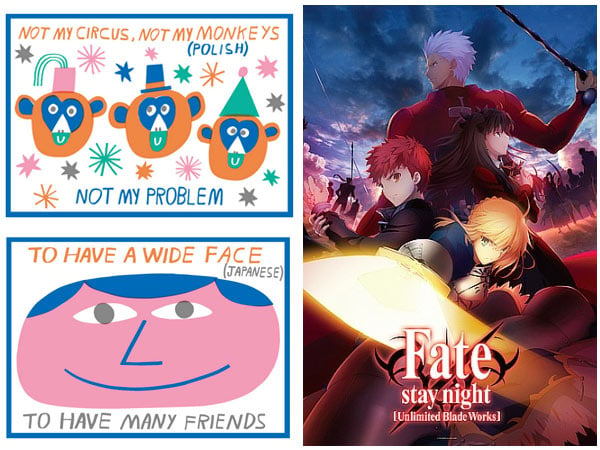
One thing about the Japanese is that they take their kawaii very seriously, and one area you can see this is the popularity of yuru-chara, the regional mascot characters that promote products and tourism from Japan’s various prefectures. If you’ve browsed J-List’s lineup of products you might have seen some of these characters already, like Kumamon, the official mascot of Kumamoto, who has brought billions of yen to that part of Japan through his popularity. There’s a whole pantheon of these giant kigurumi characters, from a cat whose head is a giant Japanese castle (to promote awareness of Hirosaki Castle in Aomori Prefecture) to a fairly hideous Buddha character with deer horns (representing Nara, famous for its domesticated deer and huge Daibutsu Buddha statue). The yuru-chara for J-List’s home prefecture is Gunma-chan, a giant orange horse who promotes the many excellent products of our prefecture, and I’m happy to report that the “Yuru-Chara Grand Prix” for 2014 has just ended, and Gunma-chan was voted the most popular in Japan! This is great news, not only because Gunma-chan is one of the first official prefectural mascots (he debuted way back in 1982) but also because our poor prefecture has been the butt of several cruel memes in recent years, being voted “least interesting prefecture” in Japan and having pictures of deepest, darkest Africa tagged so that they’d show up in Google images for Gunma. (According to the meme, Gunma is engaged in a cross-boarder war with neighboring Tochigi Prefecture and is dangerous to visit.)
One unexpected aspect of expat life in Japan is making friends with gaijin (foreigners) from various countries. (Incidentally, gaijin is the word used for “foreign-looking” foreigners. Koreans and Chinese are usually not referred to with this term, instead being called by their nationality, e.g. kankoku-jin or chugoku-jin.) While I might not think I’ve got much in common with someone from Peru or Poland or Brazil, something about living side-by-side with other foreigners in Japan makes us all understand each other a little better, even if we don’t all speak English. I’ve developed a love for Peruvian pollo a la brasa chicken I didn’t know about before I came here, had beers with random Iranians passing by on the street during the Golden Age of Beer Vending Machines during the 1990s, discussed 20th century history with a newly arrived Vietnamese girl while we waited to take our drivers’ license exams, and have talked politics with friends from Canada, Europe, Australia and New Zealand. It’s not quite as romantic as Hemingway’s “Lost Generation” of Paris in the 1920s, but it’s still fun to get to meet random people from different parts of the world and have a beer with them. It’s also interesting learning the various “Japanese” accents foreigners speak, which are as varied as the accents of English that exist around the world, though no one thinks about this much. Once I was watching a cooking show with my wife which featured a foreign chef whose nationality I wondered about. “That’s Mario Frittoli, the famous chef in Tokyo. He’s obviously Italian, can’t you tell by his accent?” But no, I had not made much room in my brain for interpreting of Italian-Japanese accents until that point.
Here’s some great news: we’ve started Fuku-bukuro Season for the non-adult grab bags, with lots of awesome anime/toy, cosplay/kawaii. Every year the hardworking staff of J-List prepares traditional Japanese 福袋 fukubukuro, colorful red grab bags filled with great products for you to discover, from random Japanese figures and plush toys to gashapon capsule toys to bento boxes and related products to some very ecchi items. This year we’ve got a great lineup, with several awesome sets of grab bags to choose from. All items will be shipped in a separate sturdy box, with items securely packed, and a traditional red fukubukuro will be included, folded up, in case you’re giving these items as gifts. Order yours now!
















